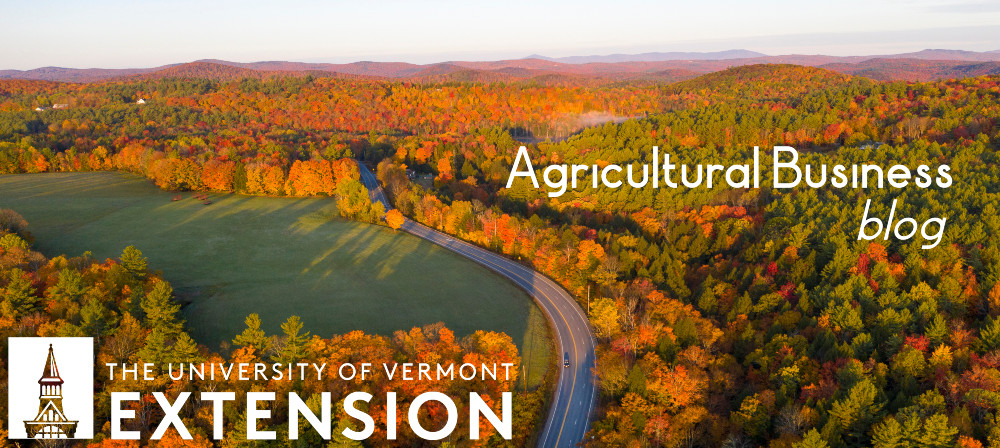University of Vermont Farm Business Management Specialist Dennis Kauppila is working and researching in Ireland from July to December 2013. We will be highlighting his work in Ireland for the next several months. Here is his first post:
Ireland today, July 12, is having a heat wave like they have not seen in 7 years. Yesterday’s high temperatures were nearly 90 ° F, very close to the record high in the past 30 years.
Quite a bit different from a month ago, when the Irish government was helping to pay shipping costs to import hay and wrapped round bales from Britain and France to feed livestock. This was a very wet, cold spring. And it followed a wet year in 2012, so forage inventories on farms were very low. Farmers were feeding anything they could- including straw and expensive grain rations.
Many Irish dairy farmers are seasonal producers, drying off the herd before Christmas. Then the herd starts freshening around the beginning of March. So in 2013, cows were calving, and getting ready to make some milk, but on most farms, there was not enough feed. In June, the weather came around, the grass started to grow, and cows began milking. And haying got started. There is still concern about the coming winter’s forage supply- will there be enough? There was a Feed Inventory day just recently, and another one coming up in the fall, when all farmers are encouraged to measure and count what they have, in order to know they have.
I am here on a 6-month sabbatical study leave, with farm financial advisors at Teagasc, Ireland’s Agriculture and Food Development Authority. This is very similar to our land grant college system in the US. The plaque at the front door of Teagasc Headquarters reads, “1958 In gratitude to the government and people of the United States of America whose generosity enabled An Foras Taluntas to be founded.” It Marshall Fund money that funded this, helping to rebuild Europe after WWII. (Teagasc began in 1987 or so, when An Foras Taluntas (research) combined with extension advisory and ag college education.)
Last week, I had the opportunity to attend an ‘open day’ at Moorepark, Teagasc’s main dairy research center. It was called “Irish Dairying, harvesting the potential.” They estimate that over 8,000 people attended this day-long free event. It was spread out over nearly 50 acres. There were 6 main stands at the beginning, with posters and microphones. There were up to about 50 people in a group, and each group moved from stand to stand, with about 10-15 minutes of talk from researchers at each stand. These stands included:
- Positioning the dairy farm for expansion (after quota is gone);
- Resilient farming systems for an expanding Irish dairy industry-
- Growing more grass (for pasture and hay-haylage)
- EBI to fuel expansion (dairy genetics)
- Requirements to achieve 90% calving rate in 6 weeks (concentrated breeding to get concentrated calving- needed for a seasonal herd)
- Achieving a healthy herd (cattle diseases- like IBR and…
Then there was a walk by 10 paddocks to calibrate the eyeballs for measuring the amount of grass in a pasture after grazing. And then 6 ‘villages,’ each with 8-10 posters and a talk that you could listen to or not. The ‘villages’ were: Grassland, Financial Planning, Genetics and Repro, High Quality Milk, New Entrants and Expansion, and Sustainabilty. Then there tents for Industry partners, Research to adoption, Adding value to milk. Plus there were tours of the milking barn, and the pig production facility. Teagasc staff were well pleased with the day, and farmers’ spirits were quite high: finally seeing the sun and having a good portion of their first cut grass harvested after a miserable wet, cold, late spring.

